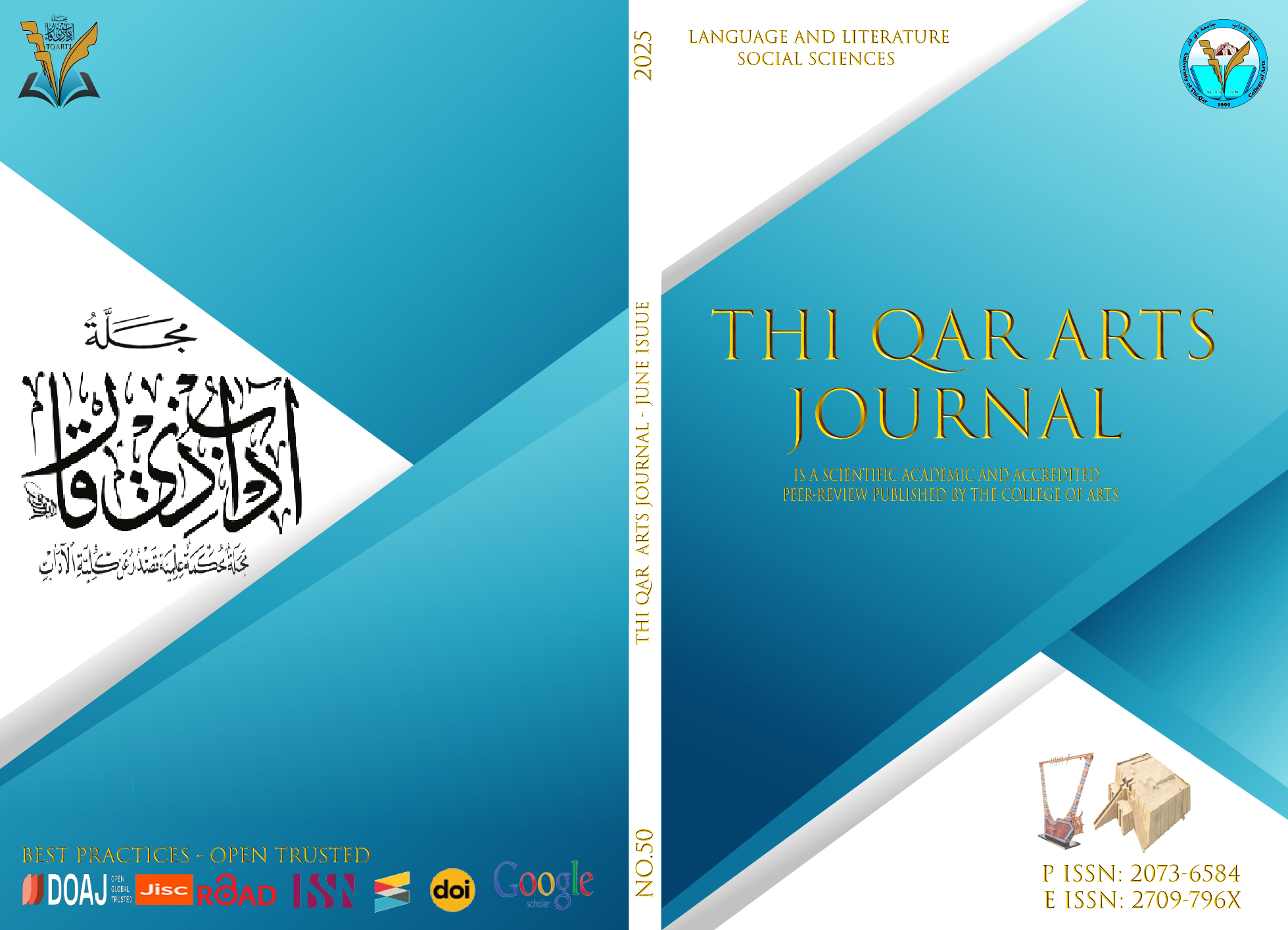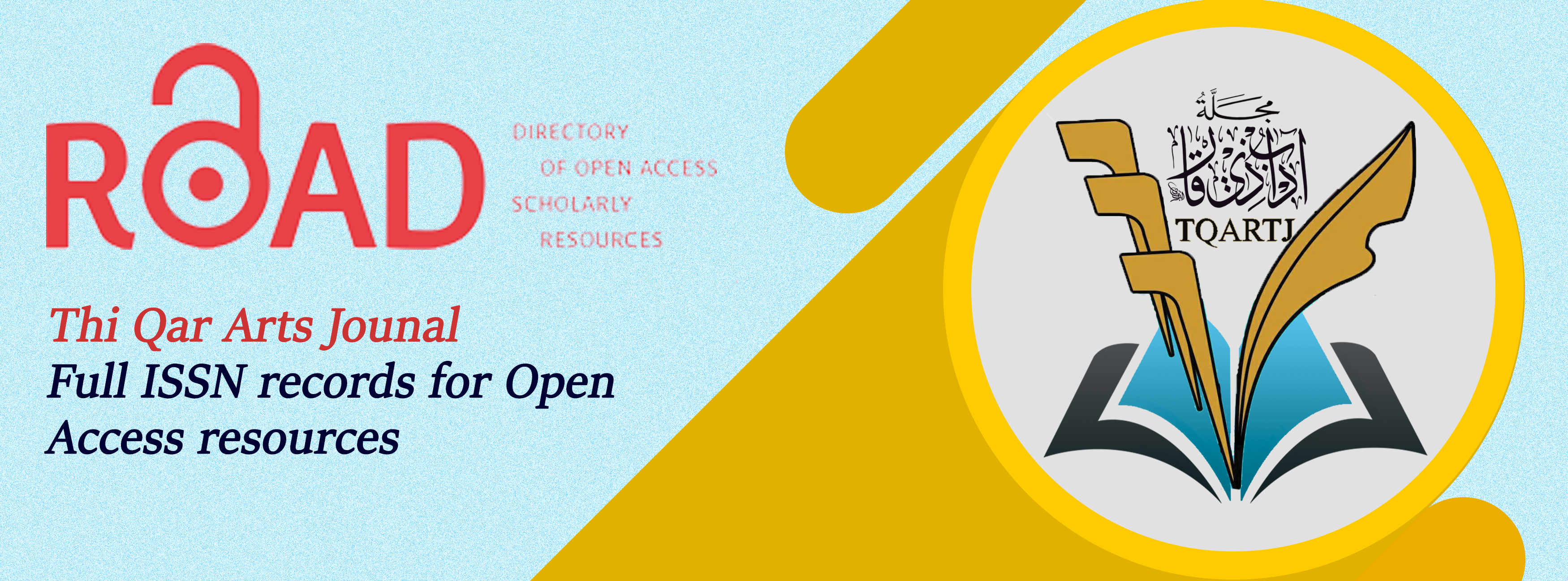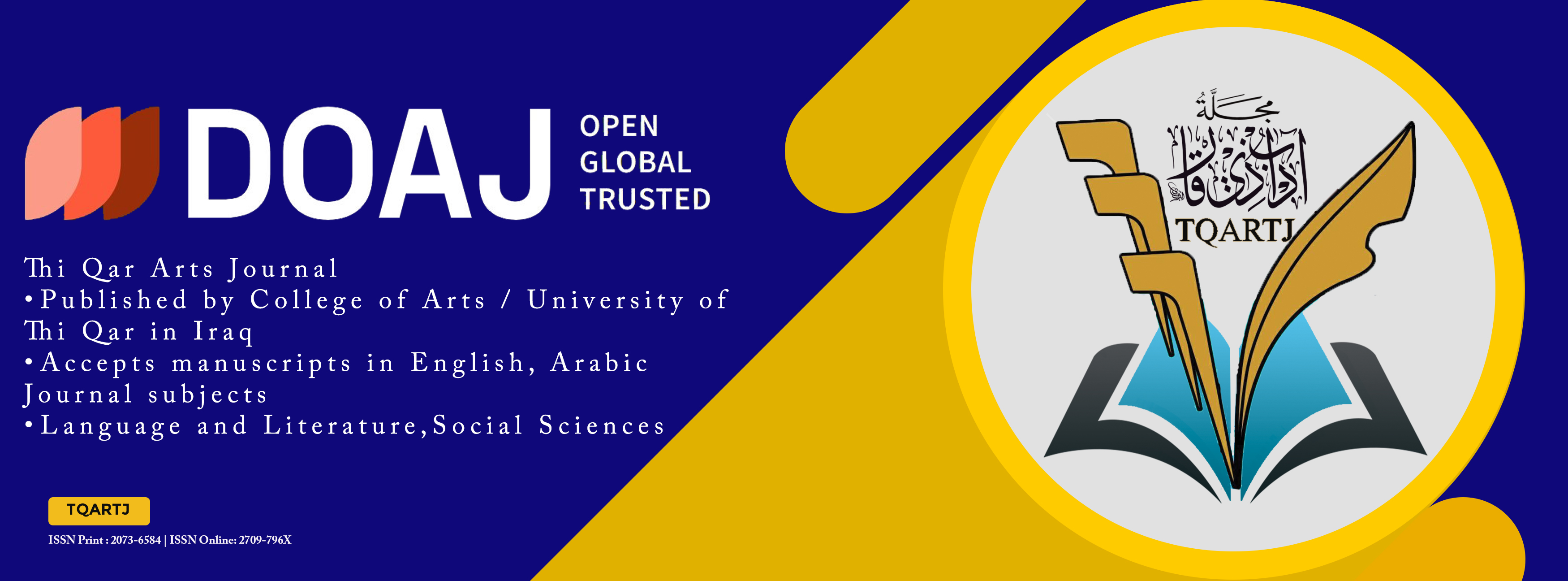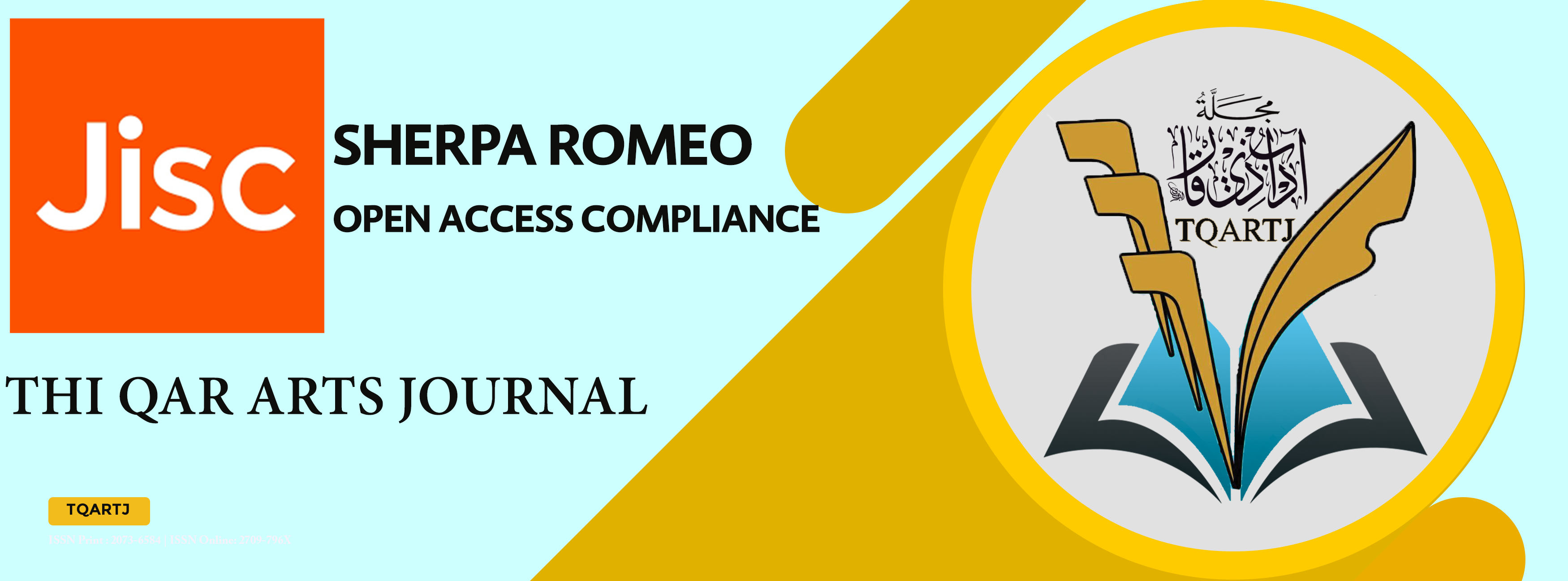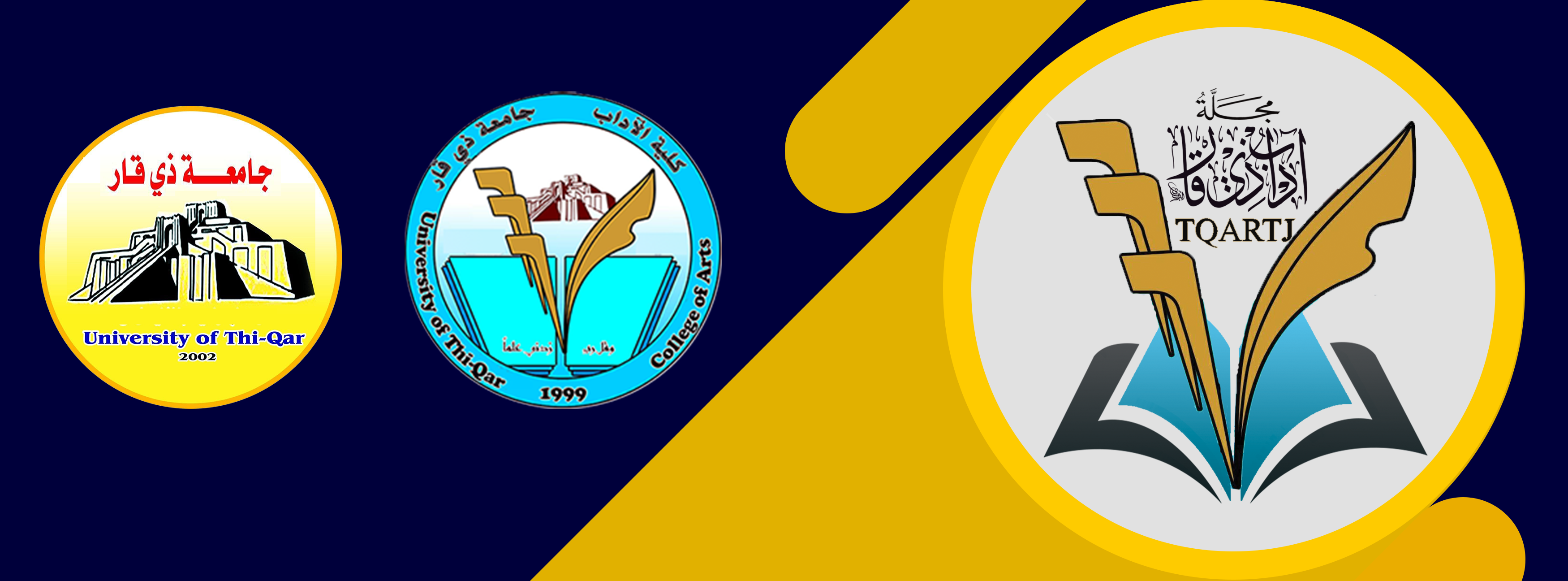Digital Guillotines :Symbolism and Posthuman Disintegration in Mohsin Hamid’s Exit West
DOI:
https://doi.org/10.32792/tqartj.v3i50.821Keywords:
Posthumanism, Symbolism, Digital Migration, Surveillance, Refugee IdentityAbstract
This paper examines Mohsin Hamid’s Exit West through the dual theoretical lens of literary symbolism and posthumanist philosophy. It argues that the novel, beyond its magical realist surface, offers a symbolic critique of how displacement in the digital age fractures human identity and transforms the refugee into a posthuman subject. Through close analysis of five central symbols—doors, smartphones, void spaces, the algorithmic gaze, and the refugee body—the study explores how Hamid dramatizes ontological disintegration under conditions of technological mediation and algorithmic control.
Using theories from Rosi Braidotti, N. Katherine Hayles, Simone Browne, and Louise Amoore, the research reveals how these symbols function not just aesthetically, but diagnostically, exposing systems that categorize, surveil, and erase the displaced. The paper introduces the concept of algorithmic haunting to describe the refugee as a ghostly data-form, simultaneously visible and forgotten.
Methodologically grounded in close reading and interdisciplinary theory, the study positions Exit West as a foundational text in posthuman migration literature. It demonstrates how fiction can illuminate the invisible architectures of digital exile, offering new ways to understand identity, embodiment, and survival in an era of surveillance capitalism
Downloads
References
Abrams, M. H., & Harpham, G. G. (2015). A glossary of literary terms (11th ed.). Cengage Learning.
Amoore, L. (2020). Cloud ethics: Algorithms and the attributes of ourselves and others. Duke University Press.
Augé, M. (2020). Non-places: An introduction to supermodernity (2nd ed.). Verso.
Ball, J. (2019). Magical realism and digital migration in Mohsin Hamid’s Exit West. Journal of Postcolonial Writing, 55(2), 180–194. https://doi.org/10.1080/17449855.2019.1581924
Braidotti, R. (2013). The posthuman. Polity Press.
Browne, S. (2015). Dark matters: On the surveillance of Blackness. Duke University Press.
Caruth, C. (2016). Unclaimed experience: Trauma, narrative, and history. Johns Hopkins University Press.
Chen, Y. (2020). Gender, agency, and escape in Exit West. Studies in Contemporary Fiction, 61(3), 310–324. https://doi.org/10.1080/00111619.2019.1697509
De Genova, N. (2017). The borders of “Europe”: Autonomy of migration, tactics of bordering. Duke University Press.
Hamid, M. (2017). Exit West. Riverhead Books.
Hayles, N. K. (1999 ). How we became posthuman: Virtual bodies in cybernetics, literature, and informatics. University of Chicago Press.
Nyers, P. (2019). Irregular citizenship, immigration, and deportation. Routledge.
Tizzoni, A. (2021). Imagining borderless worlds: Migration and the postcolonial imagination in Exit West. Postcolonial Text, 16(1), 1–17. https://www.postcolonial.org/index.php/pct/article/view/2473
Wolfe, C. (2010). What is posthumanism? University of Minnesota Press.
Zuboff, S. (2023). The age of surveillance capitalism: The fight for a human future at the new frontier of power. PublicAffairs
Downloads
Published
Issue
Section
License
Copyright (c) 2025 Khalid Sakar

This work is licensed under a Creative Commons Attribution 4.0 International License.
The journal applies the license of CC BY (a Creative Commons Attribution International license). This license allows authors to keep ownership of the copyright of their papers. But this license permits any user to download, print out, extract, reuse, archive, and distribute the article, so long as appropriate credit is given to the authors and the source of the work. The license ensures that the article will be available as widely as possible and that the article can be included in any scientific archive.
